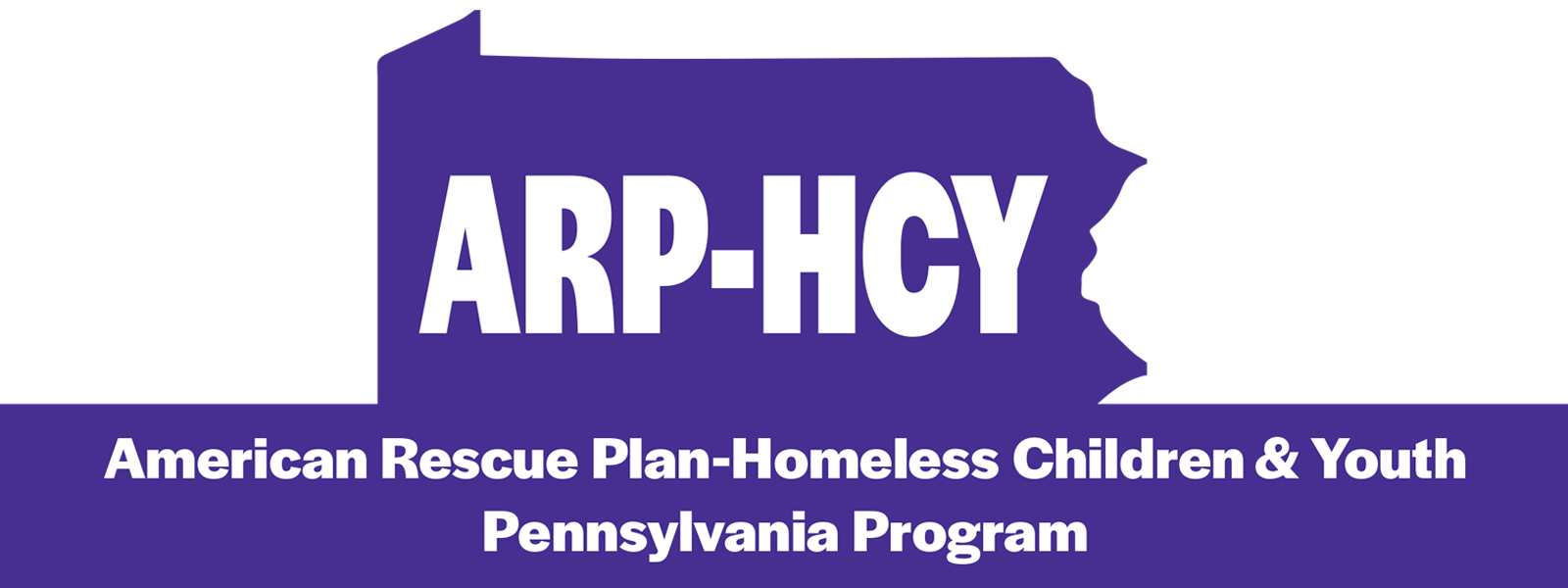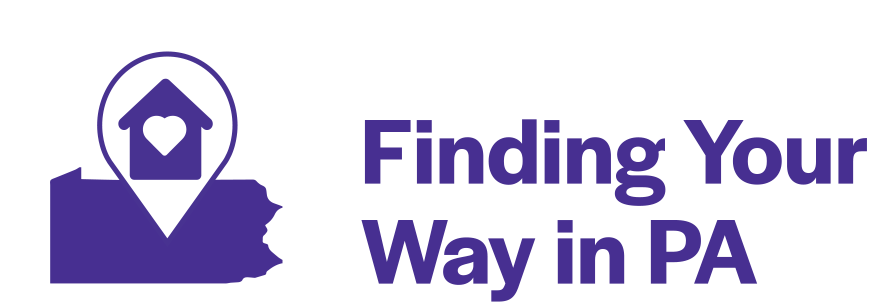
On March 11, 2021, President Biden signed into law the American Rescue Plan (ARP) Act of 2021, providing $122 billion nationwide to support the ongoing work with children and families that were impacted by COVID-19. The ARP Act included an unprecedented $800 million reservation within the Elementary and Secondary School Emergency Relief (ESSER) Program to support the specific and urgent needs of children and youth experiencing homelessness in recognition of the extraordinary impact of the coronavirus (COVID-19) pandemic.
The Pennsylvania Department of Education (PDE) is administering these funds through the ARP Homeless Children and Youth (ARP-HCY) Program through Sept. 30, 2024. Pennsylvania is allocated over $32 million to provide ongoing assistance as a result of the pandemic.
The purposes of the ARP-HCY Program include:
Ongoing COVID-19 challenges for children and youth experiencing homelessness
COVID-19 has caused disruption and challenges to students experiencing homelessness and their families throughout Pennsylvania. Ongoing challenges include:
- Family stress.
- Concerns about eviction and overall housing instability.
- Isolation and unsafe home environments.
- Access to mental health supports.
- Access to internet, devices and electricity.
- Access to transportation.
- Academic setbacks, lost instructional time, and lost credits.
- Decrease in educational opportunities.
The ARP Homeless Children and Youth Program will assist to improve these challenges faced by students and their families experiencing homelessness in Pennsylvania and support the goals and objectives of the Pennsylvania Education for Children and Youth Experiencing Homelessness (ECYEH) Program.
Pennsylvania ECYEH Program main goals and objectives:
- Reduce the disruption in the educational lives of children and youth who have been displaced.
- Increase awareness about the nature and extent of the problems children and youth who have been displaced have enrolling in, gaining access to, and fully participating in educational programs and services.
- Explain laws and policies already in place, which aid in overcoming these barriers.
- Build on laws and policies already in place, and/or suggest new policies, which aid in overcoming these barriers.
- Build the capacity of others to assist in identifying, enrolling, and ensuring the educational success of children and youth experiencing homelessness.
Pennsylvania ARP-HCY State Plan
Pennsylvania’s American Rescue Plan Elementary and Secondary School Emergency Relief – Homeless Children and Youth (ARP-HCY) State Plan was approved by the United States Department of Education in December 2021. Pennsylvania’s plan will help support schools in identifying children and youth experiencing homelessness; providing wraparound services in light of the impact of the coronavirus pandemic (COVID-19); providing assistance needed to enable children and youth experiencing homelessness to attend school and participate fully in school activities; and address the social, emotional, mental health, and academic needs of students due to the impact of COVID-19.
Allowable Activities
To carry out the purposes of the ARP-HCY Program, Local Education Agencies (LEA)s receiving funds may use program funds to support activities necessary to facilitate the identification, enrollment, retention, or educational success of children and youth experiencing homelessness so they can attend school and participate fully in school activities.
Utilization of Funds
LEA grantees must complete and submit the Funds Utilization Form for planned items in bulk or large purchases. This might include a bulk technology purchase (i.e. cell phones, mobile hotspots, wireless service plans), a bulk supplies purchase to support school attendance (i.e. personal care items, school supplies, store cards/prepaid debit cards) or planned contracted services with community-based organizations (i.e. mental health, counseling or tutoring services).
This form must be utilized for the duration of the program and sent to the attention of David Boyer, PDE, Fiscal Technician, [email protected] and Storm Camara, PDE, ECYEH State Coordinator, [email protected]. Use of funds should align with your approved program narrative and program budget.
Other fiscal-related questions may be directed as needed to David Boyer, (717) 705-2881 or [email protected].
Download the ARP-HCY I and II Fiscal Information and Budget Forms (Excel)
LEAs must ensure that all costs are reasonable and necessary and that these uses of funds align with the purpose of, and other requirements in, the McKinney-Vento Act.
When considering use of funds, assess your activity with the following questions:
- Are other resources in the community already available to meet the targeted need/achieve the desired outcome?
- Is the proposed use of program funds aligned with the purposes of the federal Education for Homeless Children and Youth (EHCY) /ARP-HCY statutes?
- Does the federal EHCY or ARP-HCY statute expressly allow (or prohibit!) the proposed use of program funds?
- Does the school/LEA already provide the proposed service or resource to be funded with program funds to all students?
- Is the proposed use of program funds intended to serve students who are eligible for services under the EHCY/ARP-HCY program (i.e. rather than the entire family)?
- Is the proposed use of program funds necessary to achieve the goals of the EHCY/ARP-HCY program? Does the proposed use of program funds represent a reasonable expense?
American Rescue Plan Homeless Children and Youth (ARP-HCY) Program Timeline
The American Rescue Plan Homeless Children and Youth (ARP-HCY) Program provides one-time federal funding to support projects through Sept. 30, 2024.

ARP-HCY Timeline
- Spring-Summer 2021: ARP-HCY funds allocated to Pennsylvania via the federal American Rescue Plan Elementary and Secondary School Emergency Relief Fund (ARP-ESSER).
- Summer 2021: PDE submits statewide Pennsylvania ARP-HCY plan to the United States Department of Education.
- Summer-Fall 2021: PDE releases ARP-HCY applications to LEAs. ARP-HCY activities and support begin throughout Pennsylvania.
- Fall 2021-Winter 2022: United States Department of Education approves Pennsylvania’s ARP-HCY State plan. PDE allocates funds and reviews ARP-HCY applications submitted by LEAs. Application approval process begins.
- Spring 2022: LEAs complete Implementation Survey as part of Pennsylvania’s state plan.
- Summer-Fall 2022: LEAs begin to report data and evaluate their ARP-HCY activities. LEAs are monitored for implementation and compliance.
- Through Sept. 30, 2024: LEAs implement approved ARP-HCY activities and are supported with technical assistance, professional development, and training opportunities by PDE and program partners.

